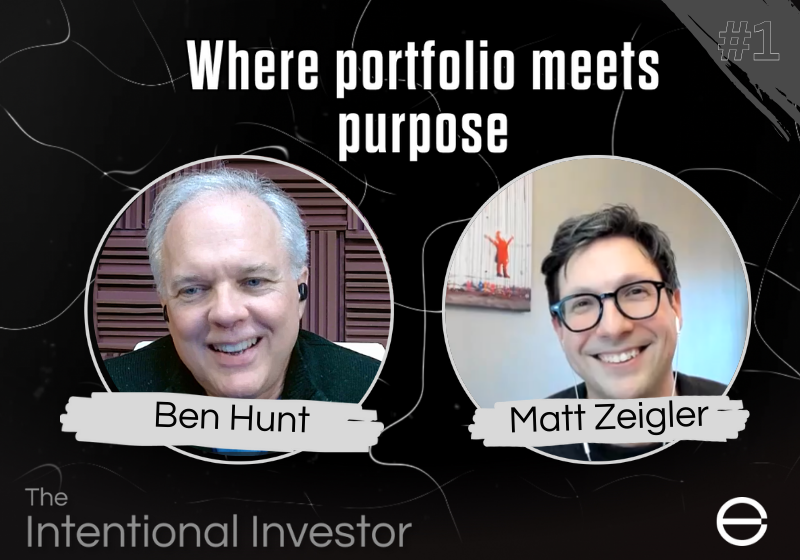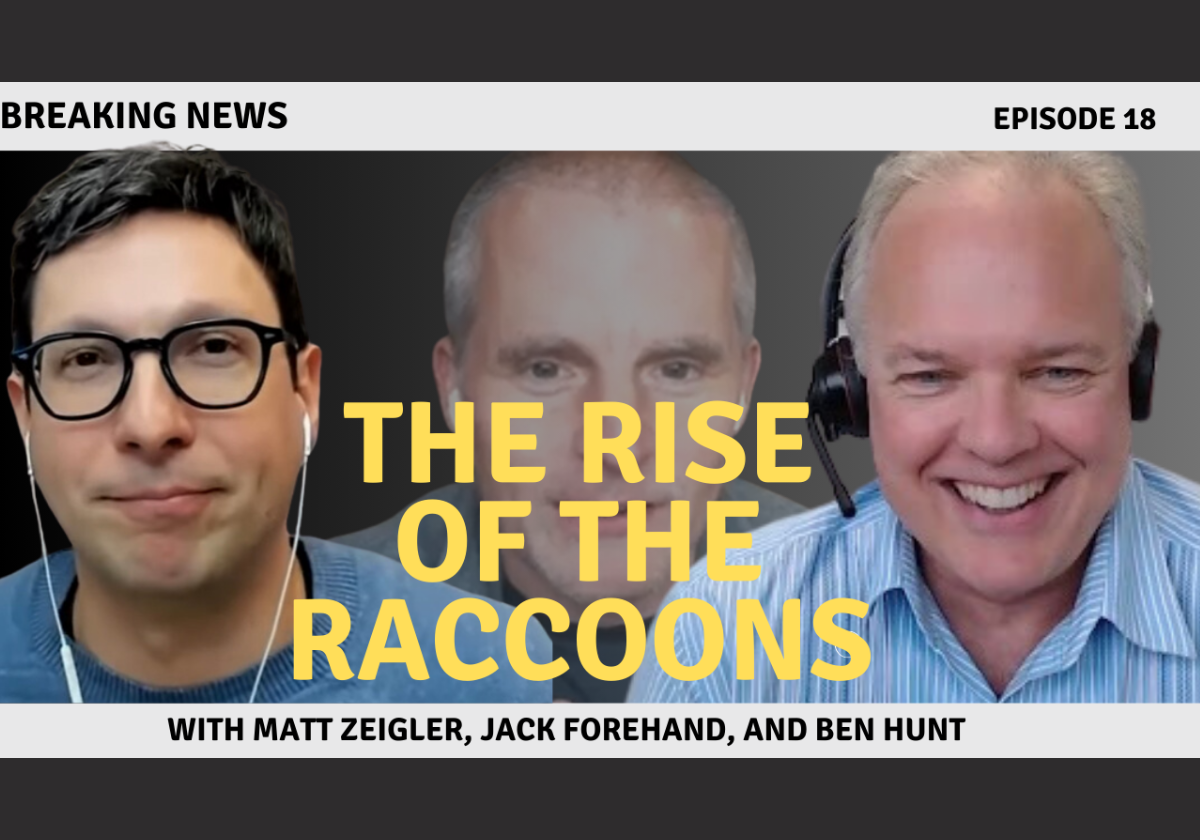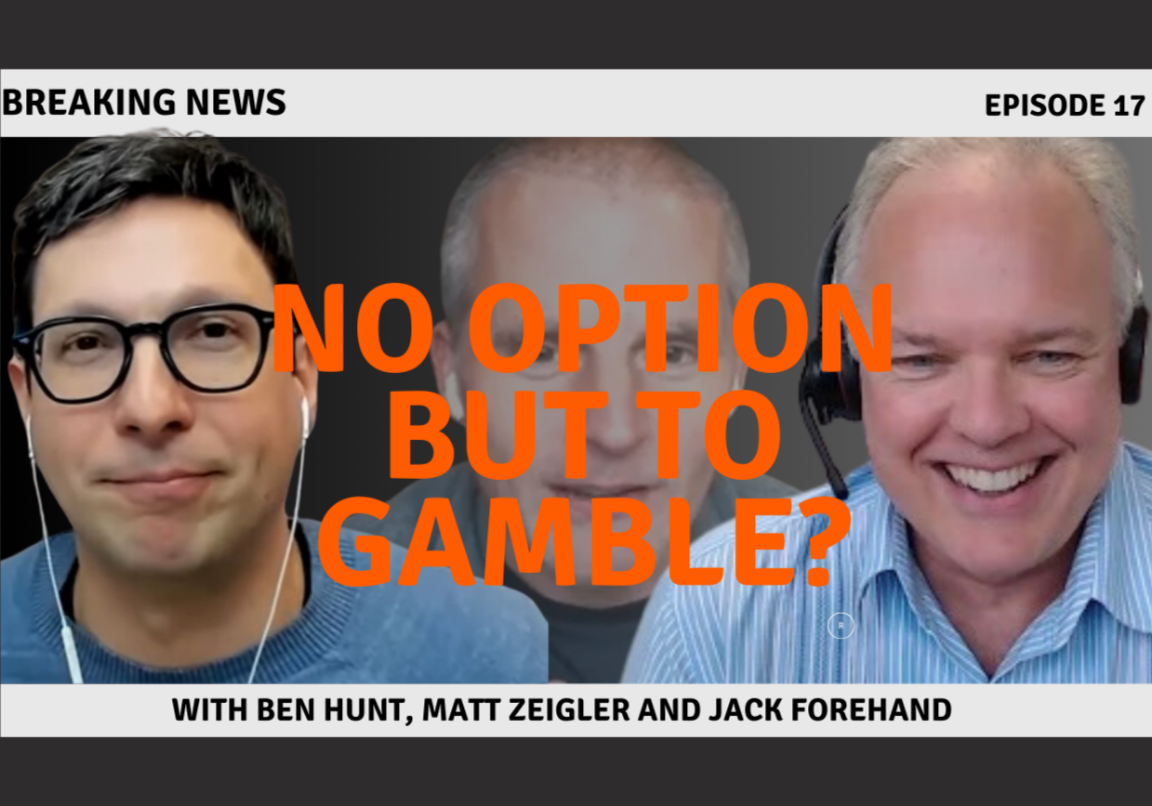A Freaky Circle
To learn more about Epsilon Theory and be notified when we release new content sign up here. You’ll receive an email every week and your information will never be shared with anyone else.
Continue the discussion at the Epsilon Theory Forum
The Latest From Epsilon Theory
This commentary is being provided to you as general information only and should not be taken as investment advice. The opinions expressed in these materials represent the personal views of the author(s). It is not investment research or a research recommendation, as it does not constitute substantive research or analysis. Any action that you take as a result of information contained in this document is ultimately your responsibility. Epsilon Theory will not accept liability for any loss or damage, including without limitation to any loss of profit, which may arise directly or indirectly from use of or reliance on such information. Consult your investment advisor before making any investment decisions. It must be noted, that no one can accurately predict the future of the market with certainty or guarantee future investment performance. Past performance is not a guarantee of future results.
Statements in this communication are forward-looking statements. The forward-looking statements and other views expressed herein are as of the date of this publication. Actual future results or occurrences may differ significantly from those anticipated in any forward-looking statements, and there is no guarantee that any predictions will come to pass. The views expressed herein are subject to change at any time, due to numerous market and other factors. Epsilon Theory disclaims any obligation to update publicly or revise any forward-looking statements or views expressed herein. This information is neither an offer to sell nor a solicitation of any offer to buy any securities. This commentary has been prepared without regard to the individual financial circumstances and objectives of persons who receive it. Epsilon Theory recommends that investors independently evaluate particular investments and strategies, and encourages investors to seek the advice of a financial advisor. The appropriateness of a particular investment or strategy will depend on an investor’s individual circumstances and objectives.









@Rusty This piece is right on the money for me. I’ve had a lot of experience in this space and I think you nailed it. Same as it ever was. And also, completely agree that there is nothing illegal going on here if you want to have clear eyes.
We could have a whole separate conversation about the suckers at the game (the garden variety LPs who don’t get the special gimmes) - however it seems to me that we are already having that conversation elsewhere in the comments sections and forums. That is the raison d’etre for the pack (very loosely defined).
A-propos robustness of the system and tying this idea into other ET ideas…the institutional response to Gamestop is now shaping up along the lines of “Yay, Regulations”. Apparently we are going to tighten restrictions on broker-dealers, blah, blah. Shocking. I know. Same as it ever was.
https://www.bloomberg.com/news/articles/2021-03-09/gamestop-prompts-u-s-to-consider-new-rules-for-options-shorts?srnd=premium&sref=9XsJozxv
This resonated. I am involved with a non-profit with a very modest endowment. The alternatives piece of the asset allocation did not have any real Private Equity/Private Credit/ Venture Capital when I joined. All of our outside advisors point to the success of Yale in the space and consider adding exposure like its a “no-brainer”. Look at those Sharpe ratios! (and the fees the brokers will earn). But, we will pay multiples of the fees, have no access to the insider streams of revenue, and get to buy in now, AFTER the trailing 10 year record of IPO’ing Unicorns. Has everyone so quickly forgotten how disgusted these plans were with the 10 year returns and illiquidity from the 1999-2009 experience? Few confidently projected the unique confluence of factors that drove this cycle’s returns. The safe asset class of Fixed Income destroyed as an unlevered return stream by Central Banks. The flood of capital desperate for a return stream earning above the actuarial rate for underfunded plans. The ability to offload private businesses at unheard of revenue multiples in spite of modest or no profitability.
The pack is trying to identify winners in an inflationary environment. These sectors miss all of the boxes. Reliance on overpriced capital to fund losses. At risk of rising labor costs from higher wages or work avoidance due to UBI. Needing ever higher multiples of revenue to drive future returns when inflation depresses valuation. Long lockups and large bid/ask spreads if the future script flips inflationary and the boards lose patience.
You should check out the Coinbase S-1. As Evan Lorenz points out in the most recent issue of Grant’s, democratize/democratized/democratizing is mentioned 11 times. Yet, there are super voting shares and longer terms for certain board members. Clearly, it takes an aristocrat to democratize correctly.